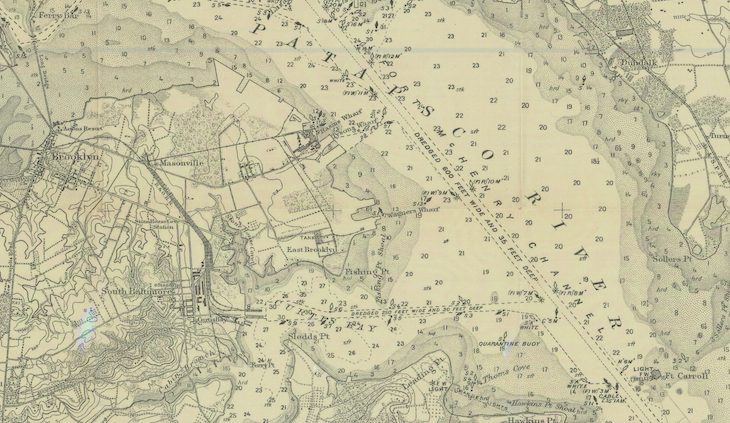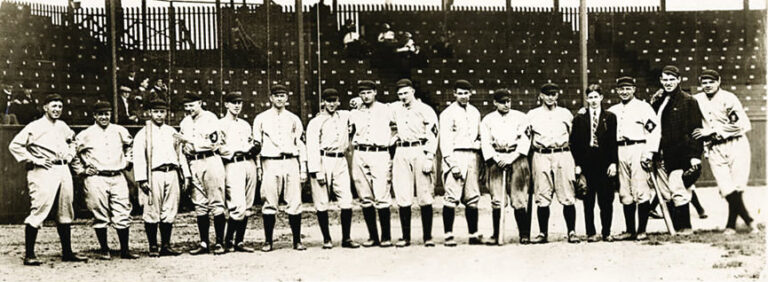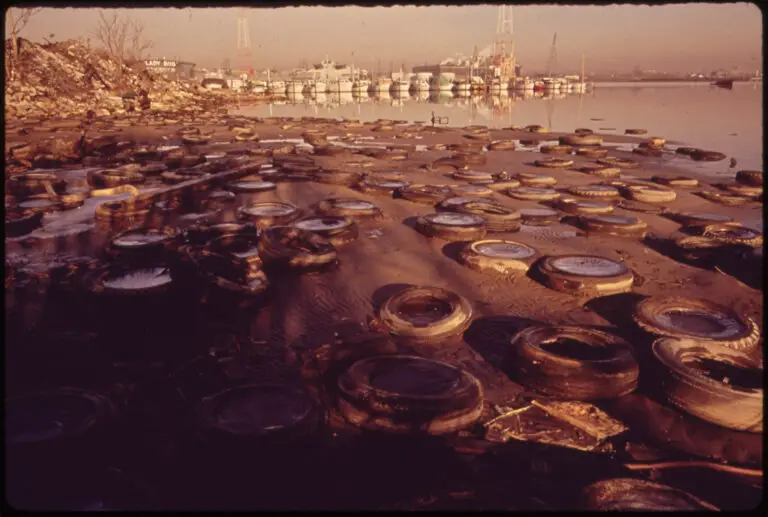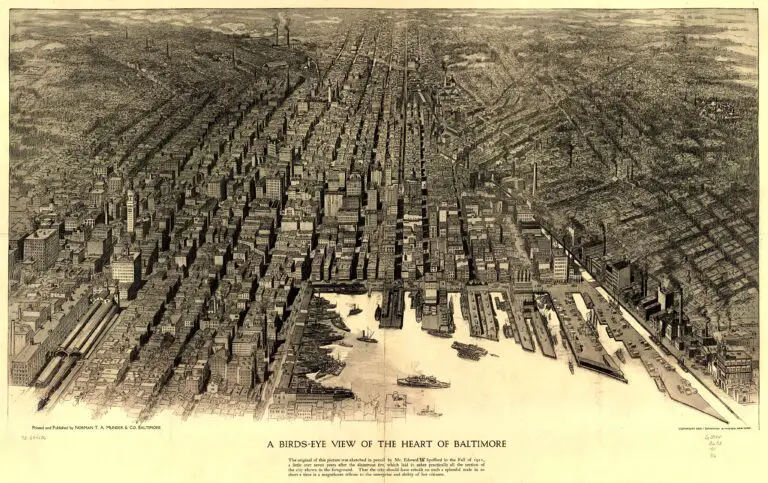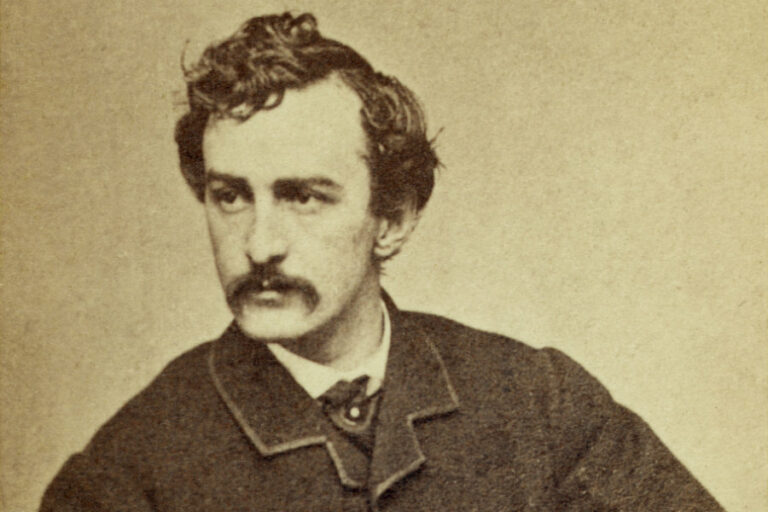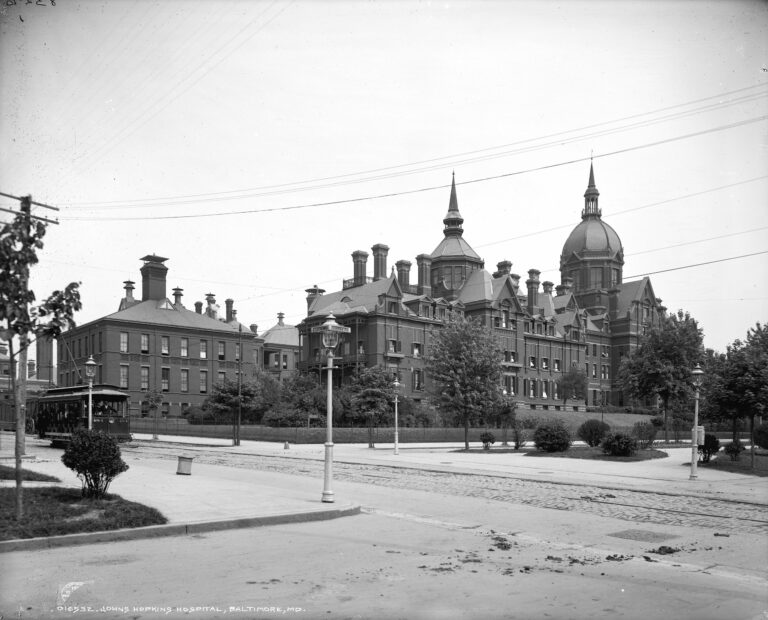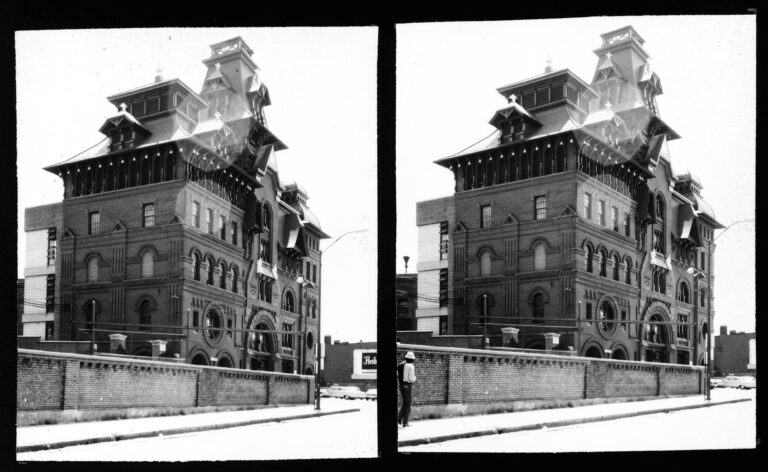This is a pretty interesting piece of history. In July 1916, the German Merchant Marine U-Boat Deutschland arrived in Baltimore.
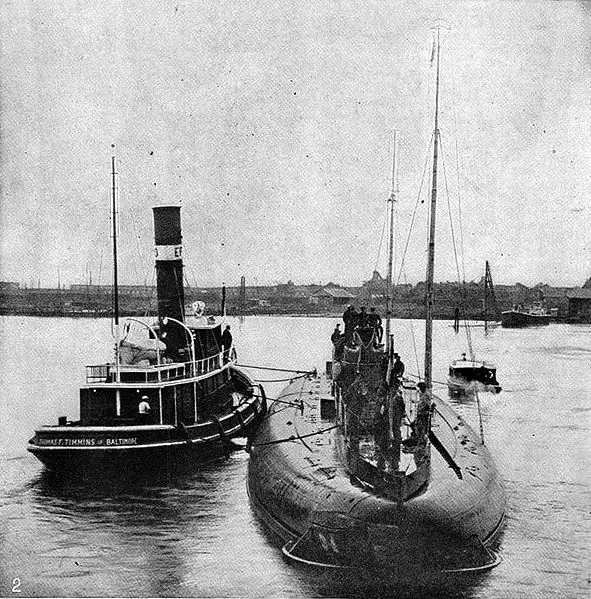
The submarine Deutschland arrived in port on July 9th, 1916, with captain Paul Koenig flying the German flag. Of course, with World War I raging in Europe, a number of Americans were suspicious of the vessel pulling into port. British and French diplomats were none too pleased to see the Americans welcome a German submarine.
Below is an article from the Baltimore Sun, printed on July 10th.
The Deutschland, the biggest submarine yet designed, is 315 feet long. Her length is much more than that of the U-boats which have been in the war service of Germany. Her beam is 30 feet, her speed 14 knots on the surface and she has a crew of 29 men. Her draft is 17 feet and she has a cruising area of 5,000 miles.
Her trip took about 16 days rom Bremerhaven, which is about that of the usual freight boats.
She carries no armament and is owned by the Ocean Navigation Company, a commercial firm, whose Baltimore agents are A. Schumacher & Co.
-ad 108-Her cargo consists principally of about 500 tons of dyestuffs and a large quantity of mail. It is also reported that she has on board a considerable quantity of gold and an autograph letter from Emperor William to President Wilson, but this latter is doubted very much by the Baltimore agents.
…
The ship was sighted near the Capes shortly after midnight Saturday. The Baltimore tug Thomas F. Timmins, commanded by Capt. Zack W. Cullison, formerly commander of the fireboat Deluge, had been lying off the Capes for a week or more awaiting the Deutschland, and spoke her immediately. The Deutscland [sic] took on board Capt. Frederick Coeke, of the Virginia Pilots’ Association, and later a Baltimore pilot, Captain Coleman, and Capt. F. Finsch, the marine superintendent of the Ocean Navigation Company, as thew new merchant submarine line is called. Then convoyed by the Timmins, she started up the bay about 4.45 A. M. The revenue cutter Onondaga, with Norman Hamilton, Collector of customs at Norfolks, on board, followed.
The submarined flew no flag until she arrived in the bay, when she put up the German merchant marine flag. All aboard wore marine uniforms.
…
Off the quarantine station both the submarine and the tug Timmins dropped anchor to wait until daylight. A yacht with Associated Press representatives on board met the Deutschland and her convoy off Sandy Point about 8 o’clock and attempted to range alongside.
“Hello Deutschland!” the newspaper men shouted.
“Hello, what do you want? Who are you?” came the reply in sharp tones from the bridge of the submarine.
“Where do you come from and when?”
“June 23. Helgoland.”
“Did you have any accidents coming over?”
“None,” was the reply. “Did you see any British or French ships?”
“None.”
“Were you chased by any British or French vessels near the coast?”
“No,” answered the office with evident impatience. “I said I didn’t see any enemy ships.”
At this point the submarine showered sparks from her exhaust pipe and spurted ahead, cutting short the interview.
…
The man who first saw the Deutschland was Capt. James M. Fesmire, who runs the motor tug Efco, of the Eastern Forwarding Company. Captain Hinsch, wanting a particularly efficient crew of the Timmins when he started her on her vigil off the Capes 15 days ago, picked Fesmire. Fesmire is 28 years old, with keen brown eyes and a tanned skin.
“We were lying in Lynnhaven Bat last night,” he said. “My friend, Frederick Hayes, and I were keeping watch on the Timmins. We were standing together aft looking out to sea when I saw some lights. I thought I did anyway, but the next minute I was not sure. I had made them out through my glasses, which are especially good, and I said to Hayes, ‘What’s that?’
“Her lights rose up one above the other, first very bright then the next minute they would be dimmed. They are arranged to fool enemy warships, and they certainly do it. They fooled me so much that at first I did not dare to report her to Captain Hinsch for fear of being wrong. I thought she might be a big liner. I first got sight of her at 12, but it was half an hour later before I told Hinsch. When he heard about it he was the happiest man in the world.
The boat remained in Baltimore until August 2nd, when she set sail for Bremen. She returned to the U.S., arriving in New London, Connecticut in November of the same year. Upon her departure, she accidentally rammed a tug boat, sinking it and killing five crewmembers.

Of course, we were interested in learning a little bit about Mr. Fesmire. After a little digging on Ancestry.com, we found out that between 1915-1916, he lived at 1644 East Fort Ave., and in 1917, he was at 1124 East Fort Ave. He later settled at 502 North Ellwood Ave. with his wife Sophia.
We also were able to dig up his World War I draft registration card. Fesmire died in April 1968.
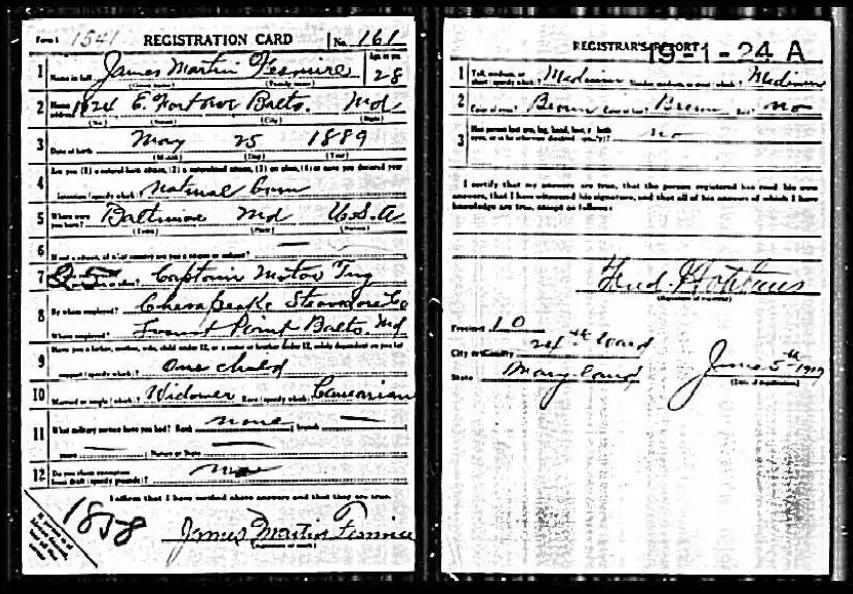
If you’d like to see some great old film footage of the submarine’s arrival, check this out.

